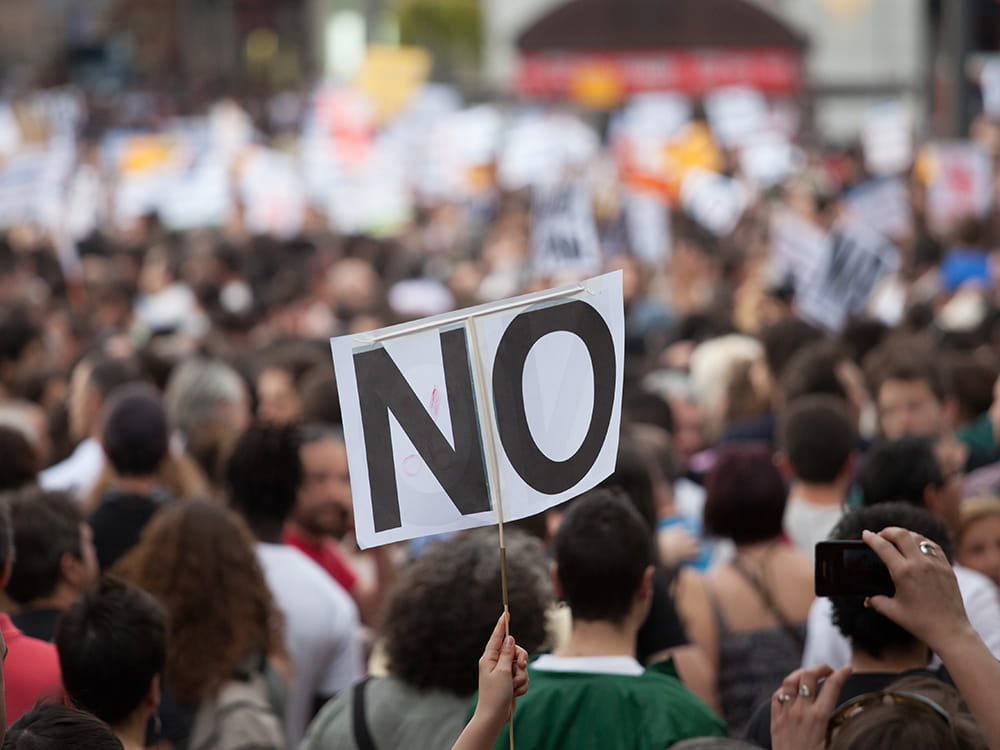``We are here to show you what we have. There are no more statues left,'' said Ahmed Yar, president of the Kabul Museum, who refused to say where the rubble from the destruction was taken.
``We are not against anyone's culture,'' he said as he guided journalists through the dusty hallways. ``We are against what is against Islam.''
Sunlight streamed through the glassless windows. Dust and debris crunched underfoot. Only three doors were opened, all to reveal collections of ancient pots, one showing shelves holding thousands of pieces of cracked clay.
Giant holes were gouged out of the rooms that still stood on the upper floor. Twisted pieces of steel girder were all that remained of other rooms blown away in the fighting between rival factions that raged in Kabul between 1992 and 1996. The museum has not been open to the public in years.
From the upper story spread a panorama of ruin--the rocket-targeted Darulamana Palace, once the grandest building in Kabul, a girls' high school, shattered by relentless rocketing, homes barely recognizable amid rubble.
The tour offered the first glimpse of what remains of Afghanistan's historical artifacts since Taliban leader Mullah Mohammed Omar ordered all statues destroyed last month as idolatrous.
Two giant statues of Buddha, carved from a mountain in the 3rd and 5th centuries, were the focus of world outrage over the destruction. But the Kabul Museum housed an estimated 6,000 pieces of Buddhist art spanning Afghanistan's history, from the prehistoric, classical, Buddhist, Hindu, and Islamic periods.
The American author of a 1974 book on the museum, Nancy Dupree, called the collection ``the greatest testimonies of antiquity that the world has inherited.''
Nowhere throughout the shattered Mogul-style museum were remnants of the destroyed statues visible.
In a basement room, through a rusted grill partially obscured by a heap of broken bricks, pieces of a stone carving could be seen but it was impossible to tell if they were once a statue.
A headless deer and the feet of a destroyed lion lay in the entrance. Nearby sat a stone block bearing script cut into it in the 2nd century, and a 15th century basin, ornately carved with Islamic writing, found in 1925 in the southern city of Kandahar.
Kandahar is the headquarters of today's Taliban, who took control of most of the country in 1996. Their interpretation of the Muslim holy book, the Quran, includes a ban on women working. Men are required to wear beards and pray in the mosque, and photography, music, television and most forms of light entertainment are outlawed.
Once the home of artifacts that recorded Afghanistan's 50,000-year history, the recent years of fighting took their toll on the museum. During that time, 80% of the artwork was stolen and sold to dealers around the world, experts say.
The pieces are now scattered through museums and private collections in several countries.
According to the Italian-funded Society for the Preservation of Afghanistan's Cultural Heritage, a large portion of the museum's collection--250 trunks and 25 unpacked statues--was moved to the four-story information and culture ministry building in 1996.
But some of the best pieces were taken from the museum in 1988, while invading Soviet soldiers were still in Afghanistan. These pieces were apparently stored on the fourth floor of the ministry building, Brigitte Neubacher, an official of the cultural society, said Thursday in neighboring Pakistan.
The Taliban's order to destroy statues was executed around the country. In Ghazni, 200 kilometers (120 miles) southeast of Kabul, a reclining Buddha was destroyed by troops wielding pickaxes. Taliban soldiers in pickup trucks drove up the mountainside to an ancient Buddhist monastery and demolished the clay statues there.
Shattered by relentless war and a devastating drought, many of the people of Kabul view the destruction of the towering Buddhas as the final blow to their waning hopes for a better day.
``Now everything is finished. We are really lost,'' said a resident who was afraid to be identified.

